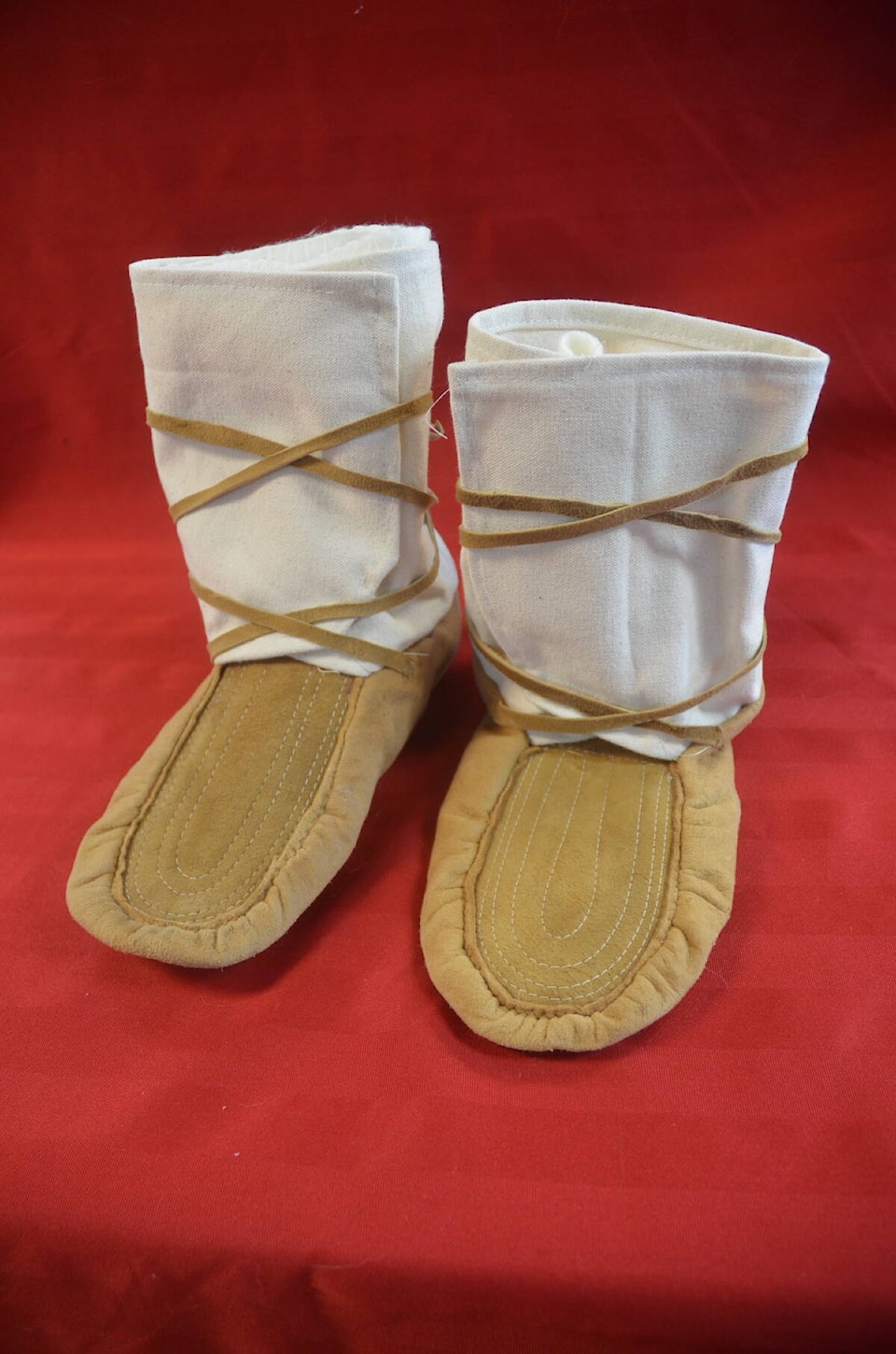The territorial government’s introduction of a hide-tanning program last month has spurred criticism due to a lack of consultation with local communities, artists and entrepreneurs.
“In an attempt to help address hide price, availability and quality to NWT artists, the Department of Industry, Tourism and Investment (ITI) is working with International Fur Dressers in Winnipeg to purchase and prepare six moose hides from the south, before they are shipped to the NWT to be finished,” states a post from ITI in June. “This program will assist with the labour-intensive process of scraping the hides, but once finished, still leave the hide with the look, feel and smell of a traditionally-tanned hide.”
ITI’s website promotes this pilot project, as conceived by the GNWT and NWT Arts, as a means to “get more skin in the game.”
A basic tanning process is described, stating that “tanning workshops remain essential to ensuring the entire traditional tanning process is preserved for generations to come, but this program will help improve access to the increased demand for affordable traditional hides for NWT artisans to create with.”
But some artists and entrepreneurs from Denendeh contend that such programs are not only “not enough,” they are quietly damaging — harming a delicate ecosystem of community-based relationships and practices exercised during the process of tanning a hide. Preserving the actual tanning process is far from the only focus of retaining these practices, says Jeanne Morrison, member of the Tulita Dene First Nation and owner of Aurora Emporium.
“The whole process of scrapping and tanning is a cultural thing,” says Morrison. “It’s not just about scrapping and tanning so that they can make something and make money — it’s a process of bringing people together, and working together in a collaborative effort to achieve something, and that is who we are as a people.
“The problem comes in, not only in the marketing of these hides as authentic NWT products, but also in the outsourcing of this labour, as opposed to supporting the in-community practices of cultural continuation that are already taking place in communities around the territory,” she says. “When you take that away and bring it south, then a part of the economy is going down south, and they’re going to benefit from this and then they’ll bring that back up here and then they’re going to smoke it and try to pass it off as if it is a traditional hide that is tanned by our people, and it’s not.”
Violet Blondin-Camsell, Tlicho Elder and president of the NWT Status of Women Council, pointed out that these are non-traditionally tanned hides.
“You don’t bring them to the bush. They say the animals sense and feel that, and they won’t come back. It’s like a piece of their body has been betrayed for another image. So, they say you’re not going to be lucky and they’ll stay away. There are some comments from harvesters that when they go into the bush they use traditionally-tanned products, rather than commercially tanned, to respect the spirit of the animal — and that information has been passed down from generation to generation.
“Like footwear, or mukluks or mitts, I don’t know if they make hats out of them — that’s what they say. You don’t do that. You don’t put ‘commercially tanned’ on any clothing, You’re going to wear it in the bush to harvest or to work in the bush. It is not authentic Dene products.”
Yellowknifer asked ITI to explain the process behind selecting International Fur Dressers (IFD) to supply the partially-tanned hides to tanners in Denendeh. Johanna Tiemessen, the GNWT’s manager of the NWT Arts Program and Traditional Economy, said ITI chose to work with IFD because they “already had contracts in place with them,” and so they were chosen for this pilot because it was “convenient.” International Fur Dressers has received $675,000 from ITI over the last three years to buy their skins and furs wholesale to sell back to artists in Denendeh.
When asked if the department had researched any alternatives to buying from IFD, like Simpcw and Mohawk/Scottish-owned hide-wholesalers Tribal Spirit Music, Tiemessen said ITI “had not even considered it.”
She also emphasized that the intention behind the hide-tanning program is to support the practices and promotion of “NWT artists,” and that, if instituted beyond a pilot project, this program will, in the long run, be of benefit to the economy.
But, when considering the impacts, benefits and effectiveness of programs, such as this, in an era of Reconciliation and the global implementation of UNDRIP - the question becomes - whose economy benefits? And whose losses out?
Correction: Jeanne Morrison is a member of the Tulita Dene First Nation. A previous version of this story contained an error.
